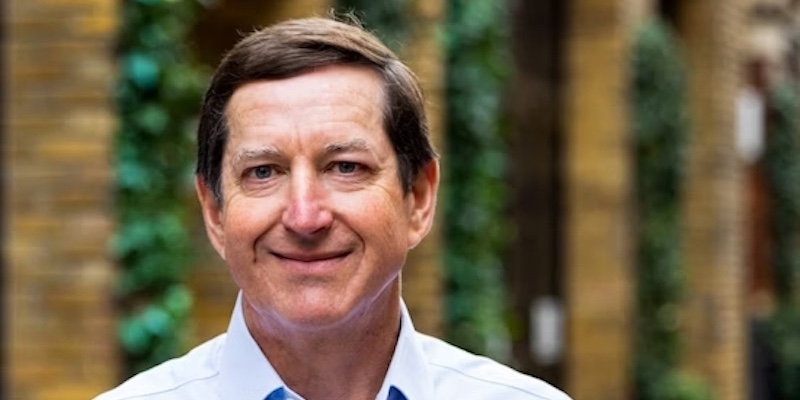
How to validate impact as a tech for good venture
We often hear that impact measurement remains a challenge for investors interested in tech for good businesses. Yet, within our portfolio and beyond, ventures are making strides in validating their impact.
At the earliest stages, we encourage our ventures to use commercial metrics such as user numbers, sales and engagement as an indicator of impact. As they grow we see them adopting a variety of methods including partnerships and external expert support to measure their social and environmental impact in a more robust manner.
Each year we survey our portfolio to gauge their contribution towards their intended impact. In 2020 we found that 44% of portfolio ventures assess how much of their impact is attributed to them. While 14% of our ventures reported that they are not aware of alternative products that achieve the same outcome.

Here we share some snapshots of how our portfolio ventures are validating their impact.

Kate & Aela, Founders of Head Set - an immersive learning ecosystem empowering journalists to do their jobs safely, say:
Covid meant that real-life user testing was limited in 2020. However, in 2021 we have a PhD candidate joining our team and we plan to further validate our impact with academic studies that prove we are making journalists more self aware and research how this builds resilience. We are conducting this study with support and funding from Innovate UK’s Women in Innovation Award.

Aisling, Founder of NuW - an online sustainable community for sharing clothes to reduce waste, says:
For every item shared through the NuW platform, rather than buying a new item, a significant amount of CO2, water and waste are offset. There are lots of conflicting ways to calculate this impact and accurate data sets are hard to come by. To help understand and measure our environmental impact we designed a carbon calculator with the London Waste and Recycling Board.

Anna, Founder of Dual Good Health - VR training in First Aid, Life support and more, says:
We conducted a pilot with the World Health Organization (WHO), which resulted in 100% of students saying they’d recommend VR training [for first aid] , 100% of students found VR training either comparable or better than classroom course and 94% of students have increased or maintained their ability to respond to a cardiac arrest.
This content was first published in our Impact and Learning Report 2020. For more insights into the impact of BGV and our portfolio, take a look at the full report here.
.jpg)




